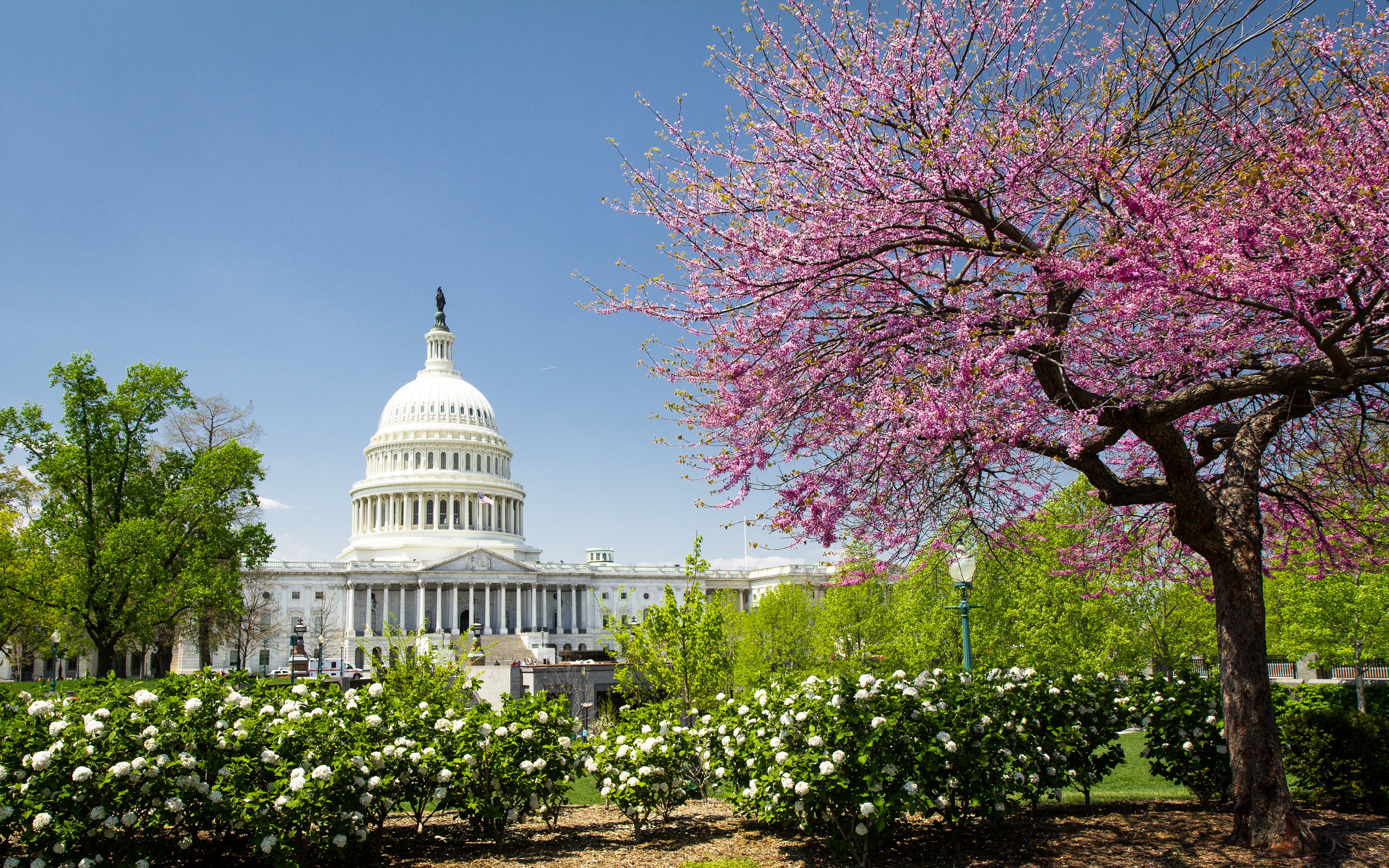At Two Degrees Adapt, we are dedicated to supporting communities as they navigate the complex and evolving challenges posed by climate change. One of the most significant projects we've undertaken was a collaboration with The Nature Conservancy (TNC), where we assessed how climate change is impacting agriculture and renewable energy potential in the Midwest. This partnership focused on five states—Nebraska, Minnesota, Iowa, Illinois, and Indiana—regions that are experiencing both opportunities and significant challenges as the climate continues to change.
Understanding the Scope of the Project
The project began with the recognition that the Midwest is a vital agricultural hub, but it is also a region poised for considerable growth in renewable energy development. Our work aimed to understand how climate change could affect both sectors and identify opportunities to balance land use between agriculture and renewable energy, ultimately creating strategies for climate resilience and economic stability.
The scope of our analysis involved projecting how shifting climate patterns, including changes in temperature, precipitation, and extreme weather events, would impact crop yields. We focused on key crops such as corn and soybeans, as they are central to the region's economy. By using climate models, we projected potential crop yields under various climate scenarios, examining the implications for farmers and rural communities. In parallel, we assessed the land suitability for renewable energy, particularly wind and solar power. By analyzing the environmental factors that would affect the feasibility of renewable energy projects, we could identify where clean energy infrastructure could be expanded without compromising agricultural productivity.
Analyzing the Trade-offs Between Agriculture and Renewable Energy
A critical aspect of our work was understanding the trade-offs between land use for agriculture and land use for renewable energy. As demand for clean energy grows, it’s essential to consider how much land can be dedicated to solar, wind, and other renewable energy technologies without undermining food production. Through careful analysis, we considered the economic impacts of these trade-offs, examining how farmers might be affected by the transition to renewable energy. Our team took into account the financial implications for agricultural communities, understanding that these areas rely heavily on farming as their primary economic engine.
Our findings revealed that some lands, particularly marginal or underutilized agricultural lands, could be repurposed for renewable energy projects, providing farmers with new income streams. This insight was crucial in demonstrating that rural economic diversification is not only possible but could be highly beneficial. By transitioning certain lands to renewable energy production, farmers could gain additional financial security while contributing to the region’s broader energy transition. This potential for diversification was especially important in areas facing growing risks from climate change, such as more frequent and severe droughts, flooding, or temperature extremes.
Resilience Strategies for the Future
In addition to understanding the current landscape, we also worked to project future resilience measures. We conducted a techno-economic analysis of resilience strategies like agrovoltaics, the practice of integrating solar panels with agricultural activities. This dual-use approach allows farmers to grow crops while simultaneously generating renewable energy. The potential benefits of agrovoltaics were clear—farmers could protect their land from extreme heat, while also contributing to clean energy goals, all while maintaining agricultural productivity. Our analysis showed that adopting such resilience strategies could benefit farms, local communities, and even the broader state economy.
Delivering Actionable Insights and Tools
We were able to synthesize our findings into a comprehensive report that outlined our projections for agriculture and renewable energy in the region by 2050. This report also provided clear guidance on how best to integrate renewable energy into existing agricultural landscapes while minimizing negative impacts. Along with the report, we developed a PowerPoint presentation to help share our findings with stakeholders and decision-makers in a way that was clear and actionable. One of the standout deliverables from this project was an ArcGIS StoryMap, an interactive tool designed to engage the public and policymakers in understanding the nuances of the land-use trade-offs we identified. Through this StoryMap, we could visually communicate the key insights, bringing the complexities of climate change impacts and renewable energy potential to life.
Supporting Integrated Land-Use Planning
The ultimate goal of this project was to provide a framework for integrated land-use planning that addresses the dual challenges of climate change and the energy transition. By combining agricultural priorities with renewable energy goals, we were able to offer a holistic approach that could help guide policy decisions in the Midwest. The project highlighted the need for a careful balance—ensuring that the region’s agricultural heritage is protected while also supporting the necessary shift to renewable energy.
Looking Ahead: A Resilient, Sustainable Future
Looking ahead, the findings from this collaboration with TNC have important implications for future land-use policy in the Midwest. As the region continues to face the challenges of climate change, this work lays the groundwork for sustainable land management practices that promote climate resilience and economic stability. At Two Degrees Adapt, we are proud to have played a role in shaping this conversation, helping farmers, communities, and policymakers in the Midwest understand the opportunities and challenges at the intersection of agriculture and renewable energy.
This project is just one example of how we at Two Degrees Adapt work to empower communities and industries to adapt to the impacts of climate change. Through collaborations like this, we aim to build resilient, sustainable, and prosperous futures for rural America. If you are interested in learning more about our work or how we can assist your organization with climate adaptation and energy transition planning, we invite you to get in touch. Together, we can create solutions that drive lasting change.



